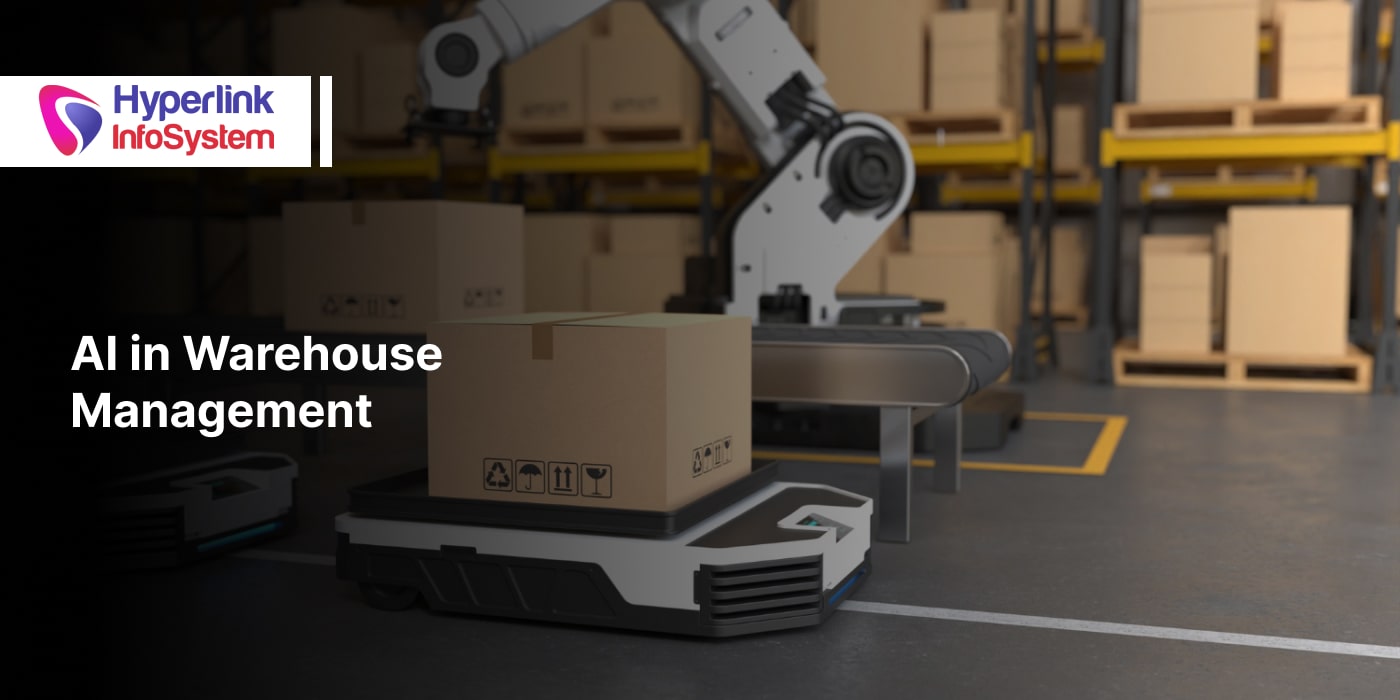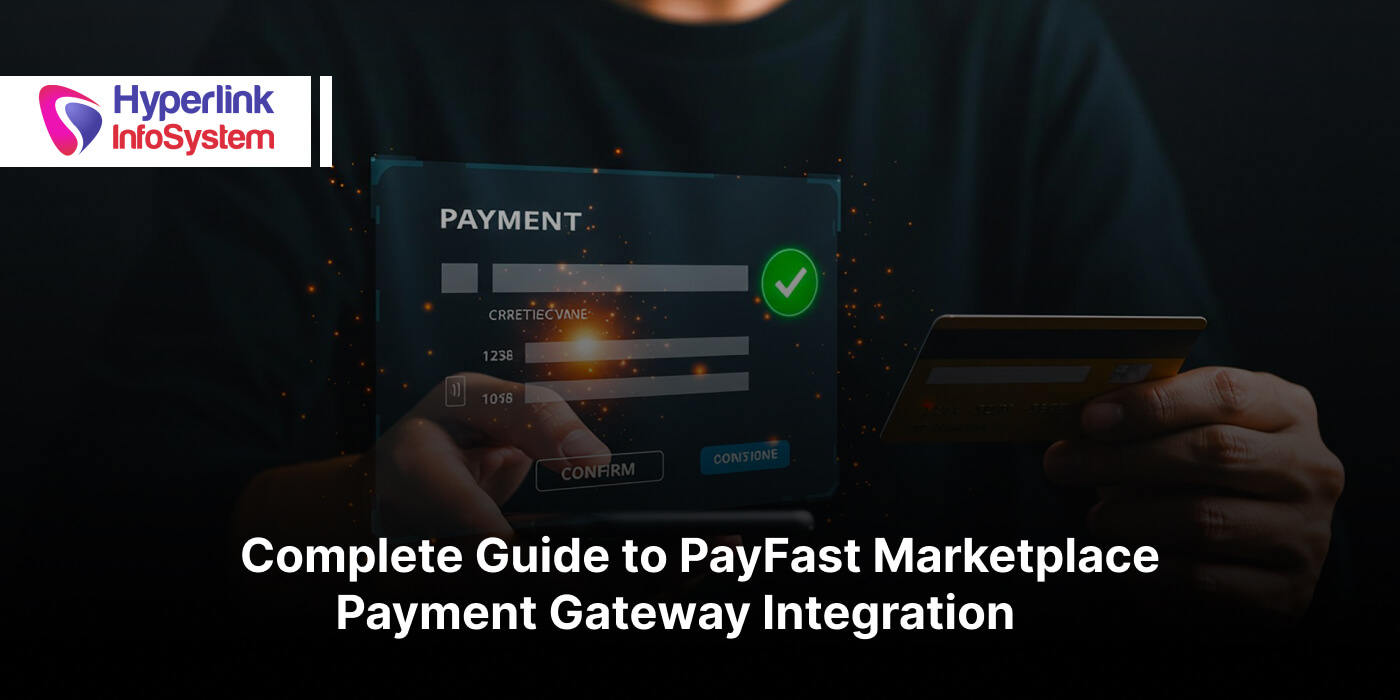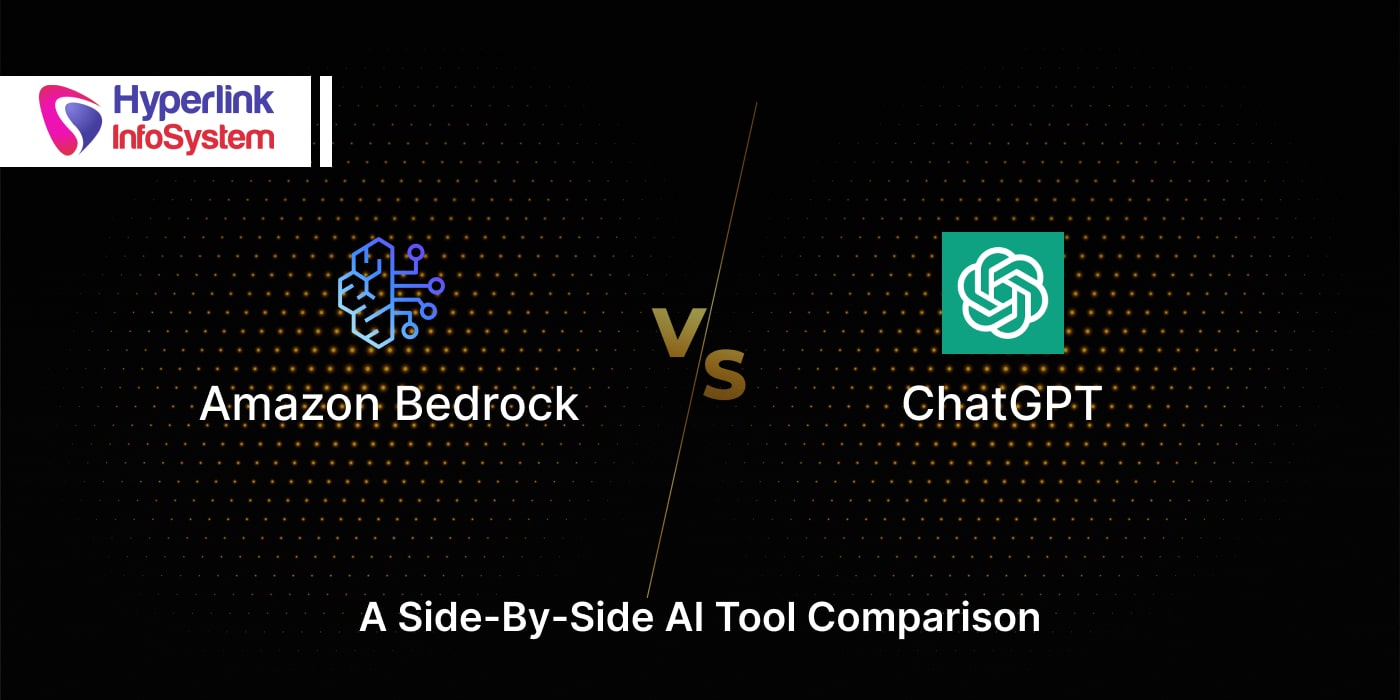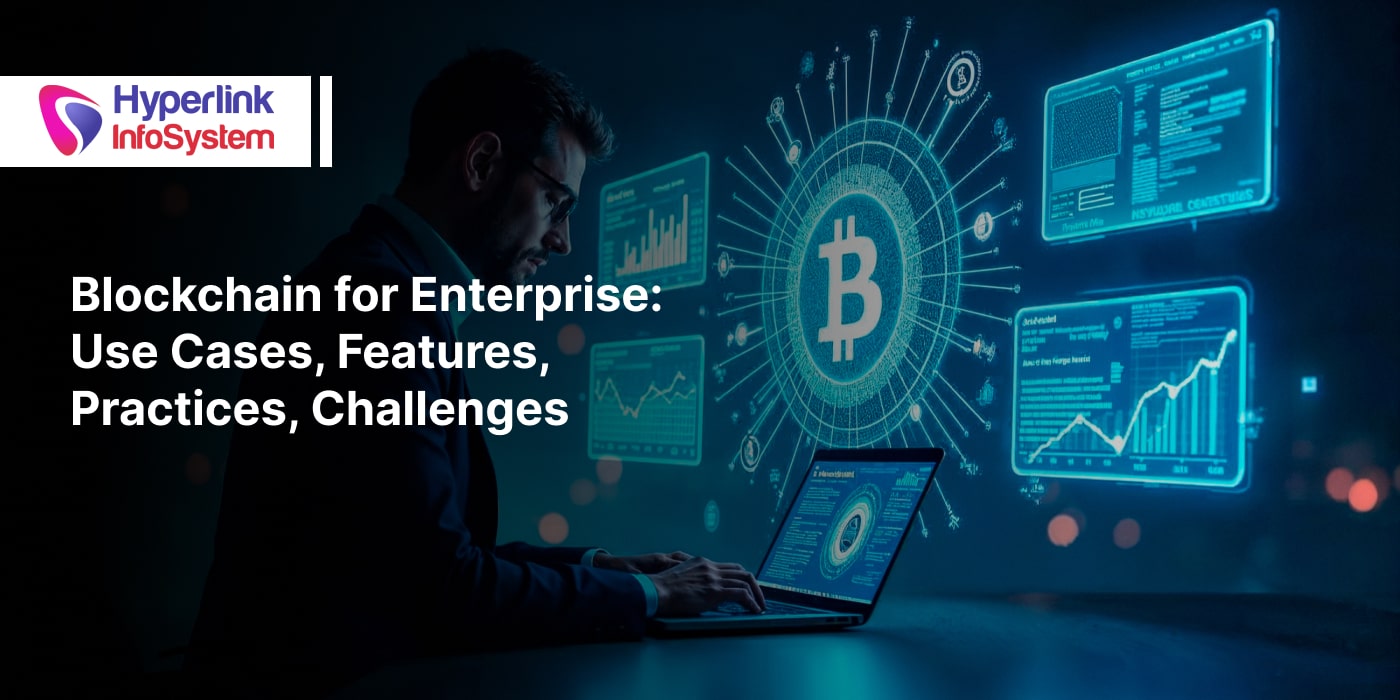How to Build a Solar Panel Monitoring App: A Comprehensive Guide For 2025
Dec 2024

Energy requirements across the globe are surging daily as the population grows, particularly in Asian countries. As a result, the need for an energy source that can meet demand continually is the need of the hour. One such sustainable source that has stood the test of time is solar energy. It's not only a valuable asset that'll last for millions of years, but it's a completely natural source of energy. The sole drawback of solar energy is weather conditions, but the benefits of developing a solar panel monitoring app outweigh the cons. Since it works anywhere, you can take solar rechargeable batteries while traveling, install solar panels at home to reduce hefty bills, and many more. But did you know that you can monitor your solar panels via your smartphone with the help of specialized solar panel monitoring apps? True story.
The complete credit for this sustainable energy transition belongs to the solar panel monitoring software developers. Solar panel monitoring applications curated by app development companies are gaining popularity as more people are leaning towards investing in solar energy. These apps enable customers to completely monitor the activity of their solar panels and track overall energy usage and performance, hence rendering the most out of their investment.
Although there are multiple benefits of developing a solar panel monitoring app for your business, the main concern is the overall cost of developing a social panel monitoring app. In that case, this blog will become the ultimate knowledge gallery for you. From a step-by-step design guide to decoding the must-have features of a solar panel monitoring app, we will take a deep dive into the world of solar energy. Let's begin, shall we?
What is a Solar Panel Monitoring App?
A solar panel monitoring app is basically a software-based solution that fosters the operational functioning of your solar panel installation. The solar panel monitoring app(s) offer a bundle of real-time statistics and insights into your overall energy system, such as total consumption of energy, system health, and power output.
Solar panel monitoring applications primarily encompass features like real-time performance tracking that enables users to monitor the instant performance of their solar panels, including their efficiency levels and overall power production; secondly, the historical data analysis function entitles users to evaluate system output across different time durations like daily, weekly, monthly, and yearly.
Solar panel monitoring apps can evaluate the energy savings and environmental effects of solar panels, including reduced CO2 emissions. Third, in order to track the fault detection and alert components, the app will notify you right away, authorizing you to resolve the issue quickly.
Certain applications also provide the feature of smart home integration, which enables users to handle appliances, prioritize critical loads, and redirect electricity to essential supplies.
How Does a Solar Panel Monitoring App Work?
A solar panel monitoring app engages a very meticulous and systematic procedure to collect and analyze data from the interlinked solar energy system. This process consists of many considerable vital components:
- Internet Connectivity: The hardware gear basically connects to the internet or cellular network, providing secure remote access for households and solar technicians. The link between devices can be created using hardwiring, Ethernet, Wi-Fi, or cellular technologies.
- Software Utilization: The software in question here, for example, a smartphone app or web interface, analyzes data from the solar array's inverters. This instrument serves as an essential element for detecting errors, diagnosing hardware flaws, measuring real-time system results, and gathering past information for panel output comparability.
- Data Analysis and Integration: This feature helps in exporting gathered data to financial software to evaluate the solar system's economic performance. Interoperability with other home energy administration software facilitates consumers to link solar production with the consumption of electricity, providing valuable insights into boosting the effectiveness of energy usage.
- Hardware Attachment to Solar Array: The solar energy system meter connects to the solar array and collects data on energy consumption and panel performance.
- Inverter Functionality: The solar inverter that is directly connected to the panels converts direct current (DC) energy into alternating current (AC) for consumption at home. It also collects data on power consumption and production, which is then transmitted to and hosted on the cloud power monitoring platforms and associated apps.
Also Read, I have an App Idea: Should I Hire Dedicated Developers
Maintenance and Additional Cost of Developing a Social Panel Monitoring App
The cost of developing a solar panel monitoring app heavily depends on various aspects, such as the complexity of features, the location of your developments, and an estimated time of delivering customized solar panel applications. Let's break them down as per costing:
Type of App: Simple (MVP)
- Features: Fundamental monitoring capabilities, real-time data tracking, alerts or push notifications
- Estimated Cost: $6,000-$19,000
Type of App: Average or Moderate
- Features: More advanced analytics systems, historical data based on timing filters, more intuitive user interface
- Estimated Cost: $20,000-$30,000
Type of App: Feature-loaded High-functional Solar Panel Monitoring App
- Features: Remote management capabilities, customizable admin and user dashboards, third-party integrations, live-tracking, push notifications, usage flexibility
- Estimated Cost: $25,000+
Country-wise Development Costs
- USA: $150 - $300/hour
- Europe: $100 - $200/hour
- India: $25 - $90/hour
- Australia: $80 - $150/hour
Platform-wise Development Costs
- iOS Solar Panel Monitoring App: $40,000 - $80,000
- Android Solar Panel Monitoring App: $35,000 - $75,000
- Cross-platform Solar Panel Monitoring App: $70,000 - $100,000+
How Much Does It Cost to Maintain a Solar Panel Monitoring App?
The maintenance costs for a solar panel monitoring app typically vary between 15-20% of the development cost. While the overall annual maintenance charges fall anywhere between $1,300 and $6,000, with development costs ranging from $9,000 to $30,000. It incorporates upgrades, bug repairs, and ensuring that it runs adequately. For example, if the app development cost is $25,000, the annual maintenance may be around $4,000.
Benefits of Developing a Solar Panel Monitoring App
Before you hire app developers in India or even Google how to build solar panel monitoring app, let's understand the multiple benefits of developing a solar panel monitoring app.
- Real-Time Monitoring for App Downloaders
Photovoltaic, aka PV specialists, can remotely track the production of energy to ensure the system's effectiveness. While the real-time data feature further enables quick answers to challenges, demonstrating the company's dedication to customer quality.
- Financial Transparency
The solar panel monitoring app allows users to track the overall monetary performance of their solar investments. Maintaining transparency in financial reporting fosters confidence, enticing more consumers to invest in solar panels.
- Personalized Notification Alerts
The solar panel monitoring app for your business provides alerts depending on predefined parameters to keep users alerted on every movement. Enabling customizable notifications significantly increases user convenience, resulting in a much more enhanced user experience.
- Extra Features for Value-added Services
Your solar panel monitoring app development team can enable AI-powered insights to provide sophisticated analytics for predicting problems and managing energy consumption. While the community features help in creating an active user network, encourage information exchange, and cultivate a sentiment of community. Incorporating smart home devices sweetens the entire energy management experience. And the added touch of virtual reality experiences delivers much more appealing visuals that indicate the influence of solar energy.
- Prolonged Component Lifecycle
The features of a solar panel monitoring app also provide precise maintenance information that contributes to a more protracted system lifespan. Longer-lasting systems boost consumer trust and loyalty, resulting in the recurrence of business and optimistic word-of-mouth.
- Optimized Energy Consumption
Users get the flexibility and knowledge over time to make educated decisions about energy usage, resulting in more cost savings. Energy efficiency is forever compatible with all kinds of consumer trends, drawing eco-conscious customers to be a part of the change.
- Revenue Generation from Energy Sales
Users can use data from the app to sell some of the extra saved energy back to the grid. This helps in further generating new revenue conceptions for clients, boosting loyalty to the solar panel industry.
- Market Trend Adaptation
A design that is mobile-first guarantees that the app is readily available and straightforward to use across several devices. Comprehensive data safety and confidentiality procedures address customer concerns while simultaneously increasing confidence. The use of subscriptions for premium features broadens streams of revenue and serves to ensure app viability.
Steps to Build a Solar Panel Monitoring App
Now that you've understood what the product actually is, it's time to comprehend the steps involved in developing a solar panel monitoring application. Monitoring and enhancing solar panel performance is now a routine part that acts as the ultimatum for renewable energy materializes. To facilitate the process of developing a solar panel monitoring app, you can hire app developers team but also must understand that it provides real-time insights into energy output and system health. Let's walk you through eight critical stages for creating a solar panel monitoring app for your business:
Step 1: Define Requirements and Features
This is the commencement step in developing a solar panel monitoring app, in which the app's needs and features must be stipulated in a documented manner. Consider adding primary or must-have features like real-time data monitoring, historical performance analysis, and alert notifications for conceivable issues. Define user roles early and general permissions to ensure safe and private access. Teaming with stakeholders to collect all needs lays a solid foundation for your solar panel monitoring app development.
Step 2: Research and Choose Development Technologies
It is the second step of developing an IoT solar panel monitoring app in which you should choose the most suitable technologies that are critical for a successful application. Locate a programming language that's relevant along with a framework that is suitable for your project's demands.
You can also employ backend languages such as Python or JavaScript, as well as frameworks like Django or Node.JS that will further help you get things done faster. Utilize database management solutions such as PostgreSQL or MongoDB to preserve and recover data rapidly. Furthermore, scour for powerful front-end frameworks like React or Angular that deliver responsive user interfaces.
Step 3: Hire Skilled Developers
Whether you hire app developers in India or outsource a highly competent development team, you need the exact level of expertise and balance to create a solar panel monitoring app. You should scout for a mobile app development company that has previously produced web and mobile apps, ideally with equivalent technology.
Your research team should be responsible for conducting extensive interviews and reviewing their business portfolio to determine that they have completed comparable projects in the past. Remember, it's important to partner with developers who are familiar with the functionality of complex AI systems and can provide an organic resolution that individuals will find uncomplicated to operate.
Step 4: Design User-friendly Interface
It is the fourth step of developing a solar panel monitoring app for your business in which you must prioritize crafting intuitive interface designs that appeal to a wide range of users. This also includes technical users and others who might be novices.
Start by creating custom dashboards that supply real-time information on energy generation, design health, and chronological data. Keep in mind all the responsive design concepts to equip accessibility on any device. Concentrate on assembling a simple yet appealing interface that enriches the all-around user experience and boosts monitoring efficiency.
Step 5: Develop Backend Functionality
This is the fifth phase in designing a custom solar panel monitoring application, and the primal requirement here is to devise a strong backend to manage data processing, storage, and retrieval.
Hire app developers team from reputed app development companies to assemble secure authentication mechanisms that limit user access and rights. It's also encouraged to create a scalable framework that can effectively manage the rising volume of data from solar panels. Eventually, confirm that any exterior APIs or data sources are seamlessly merged to supply authentic real-time information.
Step 6: Implement Real-time Monitoring
This is the sixth step in expansion that factors into the cost of developing a solar panel monitoring app. IT consulting services will deliver customers' real-time perspective on the overall performance of the solar panel. Your solar panel monitoring app team should be able to utilize top-tier technologies to deliver bidirectional transmission between the solar panel monitoring app development and solar panel installations. Remember to introduce real-time analytical strategies to assist people in making informed judgments.
Step 7: Test Thoroughly
Reaping the ultimate benefits of developing a solar panel monitoring app in an endeavor to craft a feature-loaded solution requires best-in-class testing protocols in place. Mobile app service providers like Hyperlink InfoSystem are proficient in conducting extensive testing to find defects and performance issues, inclusive of accepting user tests, integration tests, and unit tests to guarantee that all the mandated criteria are done and dusted. Request input on usability to enable improved UI/UX design. It's also important to make sure to manage all of these issues so that you can deliver a dependable and enduring solar panel monitoring application.
Step 8: Deploy and Maintain
Last but not least, the final step involves developing, deploying, and launching your custom solar panel monitoring app. This deployment happens in a production setting after testing. After the deployment of the app is completed, ensure your developers regularly monitor its performance in miscellaneous conditions.
Enforce regular upgrades that supply new features, more distinguished security measures, and loftier overall performance velocities. Contact a reputed mobile app development company to create maintenance plans that align with changing customer expectations and ensure the long-term success of the application.
Must-Have Features of a Solar Panel Monitoring App
Here are some of the must-have features of a solar panel monitoring app that are pretty much protocol for the same:
Primary Features
- Real-time Performance Tracking: Evaluate live power output as well as effectiveness to make fast modifications for peak performance.
- Historical Data Analysis: Monitor system performance over time for long-term analysis of patterns and energy efficiency.
- Energy and Environmental Savings Calculations: Evaluate savings on energy consumption and carbon dioxide (CO2) drops, emphasizing the beneficial environmental impact.
- Fault Detection and Alerts: Obtain rapid alerts on panel faults, allowing for speedy debugging and minimal disruption.
- Smart Home Integration: Combine with home automation systems to ensure effective device management and power management.
- In-App Messaging: Infusing in-app messaging can help you communicate more easily and develop an impression of camaraderie.
- Solar Energy Estimation in Real Time: Deliver real-time estimations that account for solar energy variations around the course of the day.
- Payback Period Estimation: Predicts when the original solar panel expenditure shall start to generate profits.
- Sunlight Intensity and Shade Measuring: Includes elements that assess sunshine brightness and shadow, allowing for optimum panel configuration.
- Weather Data Integration: Sync with geolocation APIs are protocols that get actual-time weather data that will improve energy production forecast.
- Calculation of Solar Energy Production: Provides information on the quantity of panels required for certain energy generation targets.
Supplementary Features
Advanced Analytics and Insights
- Panel-level Monitoring: Monitor single panel efficiency for accurate diagnosis.
- AI-powered Vulnerability Detection: Make use of artificial intelligence (AI) to detect unusual trends and anticipate potential breakdowns.
- Energy Consumption Forecasting: Anticipate future energy production and consumer demand in order to guarantee optimum oversight.
- Cost vs. Savings Analysis: To gain apt financial insight, evaluate the cost of developing a solar panel monitoring app for regular grid electricity.
Emerging Technologies
- Battery Management Integration: Optimize charging cycles and monitor storage levels for energy efficiency.
- EV Charging Integration: Prioritize solar energy consumption while charging electric vehicles.
- Use LiDAR technology to create precise 3D roof maps and optimize panel placement.
Also Read, How to Choose the Right Tech Stack for Your Next Project?
Conclusion
The benefits of developing a solar panel monitoring app for your business are a very lucrative solution that facilitates energy efficiency and sustainability. By integrating inventive features and utilizing top-tier technology, you can proffer users crucial data, insights, and control over their solar panel systems. If you're wondering how to build a solar panel monitoring app for your company, it's advised to approach a reputed solar panel monitoring app development company like Hyperlink InfoSystem to secure your app's success and long-term expansion. The growing popularity of solar electricity has greatly boosted the demand for equipment needed to monitor the complete functioning cycle.
Businesses and entrepreneurs can learn a lot about solar energy systems, all thanks to mobile apps. The panel system can conveniently receive data and information via multiple applications that are accessible via the Android Play Store and Apple App Store. It's important to note that the operating premise of these apps is completely dependent on utilizing various APIs to apprehend the data.
If you're looking for a profitable source of passive income, a solar panel monitoring app is a plausible option. Apart from being a mobile app development company, Hyperlink InfoSystem helps you uncover the actual benefits of developing a solar panel monitoring app and also helps you determine the all-around cost of solar panel monitoring app for your business. Whether you're looking for base consultation, planning, design, development, testing, or deployment or just hire dedicated developers team for your solar panel monitoring app, our comprehensive portfolio of services will cater to every need you have. Connect with Hyperlink InfoSystem to sort all your solar panel monitoring app development needs on the go.
Frequently Asked Questions
The cost of developing a social panel monitoring app for your business could go anywhere from $7500 to $30,000 depending on various factors. Whether it's the complexity of the features employed in production or curating custom software for monitoring solar panels, the prices increase or change as per the modifications.
Solar panel monitoring apps are designed to cater to particular system requirements and building a similar app requires the following factors to be taken care of:
- Jot down the regulatory and climatic variations of every region
- Ensure you conduct vigorous market and competitor analyses
- Confirm primal functionalities such as real-time monitoring, historical data analysis, alert systems, and energy cost tracking.
- Construct a viable revenue generation model using in-app purchases, subscriptions, app sales, or ad-based revenues.
- Anticipate potential challenges like technical issues, regulatory compliance, and adoption barriers.
- Follow User-Centered Design (UCD) principles to meet productivity.
- Explore IoT advancements such as solar panel monitoring, facilitating data-driven decisions along with the latest advancements like perovskite-silicon ‘tandem’ photovoltaics for improving panel efficiency.
Some popular solar panel monitoring apps in 2025 include:
- Enphase Enlighten
- mySunPower app
- MySolarEdge
- Tesla app
- Sense Energy Monitor
- Emporia Vue Gen 2
- Eyedro EYEFI-4
- PV – Solar Power System
- Solar Master
Monitoring solar panels is important to ensure the optimal operation of solar systems. By carefully scrutinizing real-time data, users can maximize the overall energy output and effectively detect any anomalies, enhancing the prevailing performance and return on investment of solar equipment. Periodic monitoring facilitates preventative maintenance, that further reduces downtime and boosts the lifespan of solar panels.
If you're inducting a high-quality solar panel app, a smart commercial venture like this entails a bundle of elements that affect the overall development cost. These components include:
- Latest compatible tech stack
- Total number of features and functionalities
- Geographical location of developers
- Top platform focus
- Complexity of the app
Latest Blogs

Is BlockChain Technology Worth The H ...
Unfolds The Revolutionary & Versatility Of Blockchain Technology ...


IoT Technology - A Future In Making ...
Everything You Need To Know About IoT Technology ...

Feel Free to Contact Us!
We would be happy to hear from you, please fill in the form below or mail us your requirements on info@hyperlinkinfosystem.com
Hyperlink InfoSystem Bring Transformation For Global Businesses
Starting from listening to your business problems to delivering accurate solutions; we make sure to follow industry-specific standards and combine them with our technical knowledge, development expertise, and extensive research.
4500+
Apps Developed
1200+
Developers
2200+
Websites Designed
140+
Games Developed
120+
AI & IoT Solutions
2700+
Happy Clients
120+
Salesforce Solutions

40+
Data Science


















